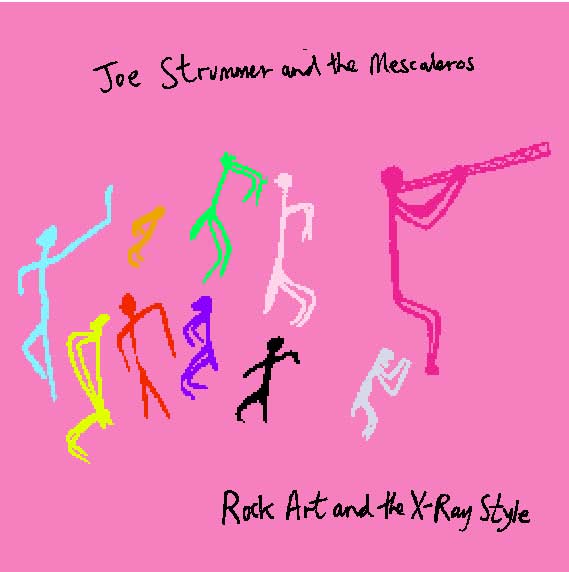Following the 1986 breakup of the Clash, Joe Strummer was lost.
For over a decade Strummer drifted from one project to another with varying success, never attaining any sustained success, until the formation of the Mescaleros and the release of their debut album Rock Art And The X-Ray Style in 1999.
Opening with “Tony Adams”, one could expect the band is merely a re-do of the Clash; it features Strummer’s former band’s signature reggae/punk sound, until unfamiliar horns kick in with the arrival of a vibrant chorus.
Second track “Sandpaper Blues” continues the departure from Strummer’s signature sound, showing off a wide array of sounds influencing the Mescaleros: African percussion, techno synthesisers, hip hop scratching and a number of world music sounds.
The titular track “X-Ray Style” is a gentle ballad masked by beating congas, the strength and beauty of which comes not from the aggressive and rough nature Strummer is known for, but from letting those traits give way to a heartfelt expression of wisdom and compassion, a thread that runs throughout the album.
Album closer “Willesden to Cricklewood” is a beautifully mellow and easy swayer that pays tribute to harmless rebellion featuring synthesised string and piano flourishes over a bed of guitars and looped drums, and the three bonus tracks, particularly the live recording of “X-Ray Style” are a nice inclusion.
When sorting Strummer’s body of work into the best and the rest, most of the former pile will be made up of Clash tunes, but one can’t deny he did produce worthy and notable music in the few years before his untimely death in 2002; whilst Rock Art and the X-Ray Style isn’t all gold, it is a admirable addition to Strummer’s brilliant legacy.


































